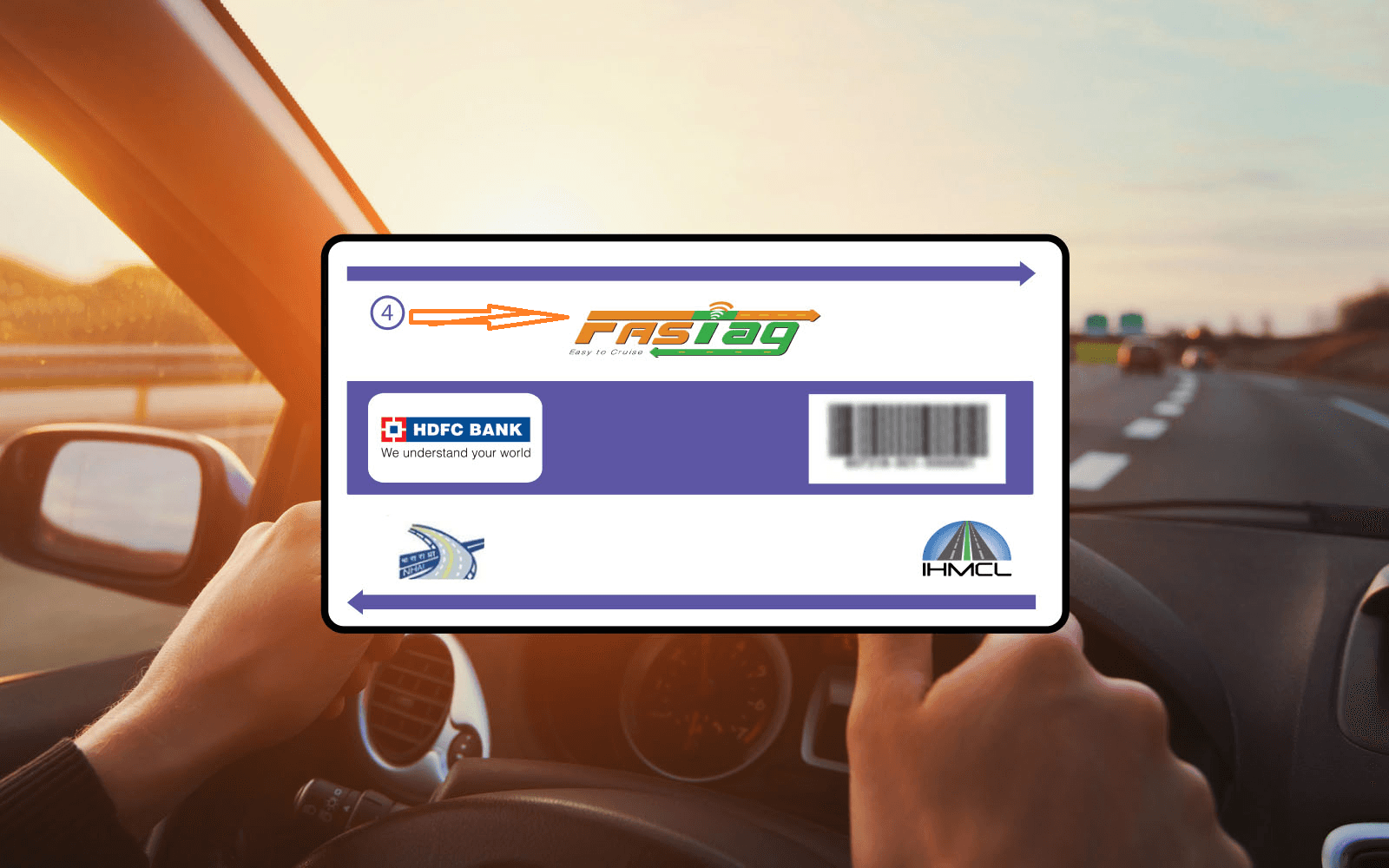Introduction to the New Toll Era
FASTag:In 2024, India’s road travel landscape is gearing up for a groundbreaking shift as the Ministry of Road Transport and Highways prepares to launch a fully satellite‑based toll system. Union Minister Nitin Gadkari has confirmed that from May 1, 2025, the Global Navigation Satellite System (GNSS) will replace FASTag, doing away with physical toll plazas and FASTag lanes. By tracking vehicles via GPS, toll charges will be calculated automatically based on distance traveled, debiting linked bank accounts without any driver intervention. This marks a pivotal move toward smarter, faster, and hassle‑free highway journeys across the nation.
Contents
What is GNSS and How Does It Work?
The Global Navigation Satellite System leverages a network of satellites to determine a vehicle’s real‑time position and the exact distance covered on national highways. Each participating vehicle will carry a GNSS‑enabled device—either integrated into the onboard unit or via a compatible smartphone application—that communicates continuously with orbiting satellites. As the vehicle crosses virtual toll points mapped along the highway, the system logs kilometer‑by‑kilometer travel data. At regular intervals or upon journey completion, toll dues are computed and automatically deducted from the user’s prepaid wallet or bank account, eliminating any need to slow down or stop.
Key Differences Between GNSS and FASTag
While FASTag represented a major leap from cash payments by using RFID panels to scan vehicles at toll booths, it still required travelers to pass through specific lanes and sometimes endure congestion. In contrast, GNSS abolishes all physical toll plazas: instead of RFID scanners at booths, satellite coordinates and virtual geofences handle detection. FASTag’s scope was limited to RFID‑equipped booths, but GNSS tracks travel continuously, billing proportionally for every kilometer driven. This transition not only reduces bottlenecks at plazas but also offers greater flexibility for vehicles that miss a FASTag lane, ensuring every journey is seamlessly recorded and charged.
Advantages for Drivers and the Nation
Switching to a GPS‑based toll system promises time savings, reduced fuel consumption, and lower vehicle emissions by eliminating idling at booths. For frequent highway users, the convenience of uninterrupted travel can translate into significant productivity gains. Financially, pay‑per‑use billing allows drivers to monitor and manage toll expenses more accurately, avoiding overcharges common with flat‑rate tolls. On a broader scale, automated toll collection can enhance revenue tracking, curb leakages, and improve maintenance funding for national highways. By embracing GNSS, India moves closer to global best practices in intelligent transportation management.
Implementation Timeline and What to Expect
Originally slated for April 1, GNSS deployment was rescheduled to May 1, 2025, after pilots and infrastructure upgrades at toll‑plaza locations and control centers. Over the coming months, the government plans to install GNSS‑compliant onboard units (OBUs) in commercial and private vehicles, accompanied by user registration drives and awareness campaigns. Early adopters will benefit from introductory incentives such as waived activation fees or discounted per‑kilometer charges. As regional rollouts progress, authorities will phase out FASTag issuance and decommission unneeded toll booths. Motorists should stay alert for official notifications and complete the device installation well before the launch date.
Conclusion: Paving the Way for Smarter Highways
India’s move to GPS‑based tolling represents a significant stride toward a digital, efficient, and driver‑friendly highway network. By retiring FASTag and toll plazas, the GNSS system aligns road travel with the country’s broader vision for smart infrastructure and sustainable development. As the May 1, 2025 rollout approaches, drivers are encouraged to embrace this change, ensuring their vehicles are equipped and accounts linked to avoid any disruption. With seamless toll collection on the horizon, India’s highways are set to become faster, greener, and more convenient than ever before.

